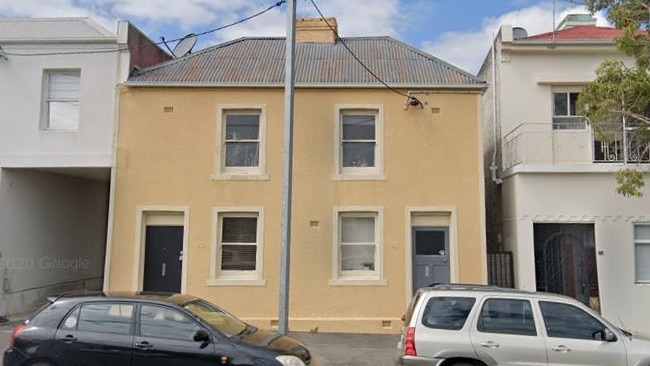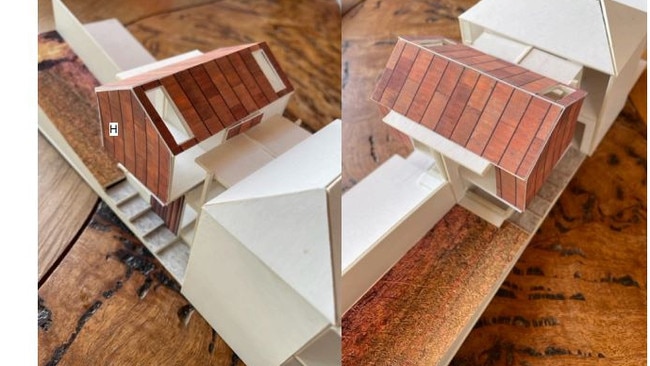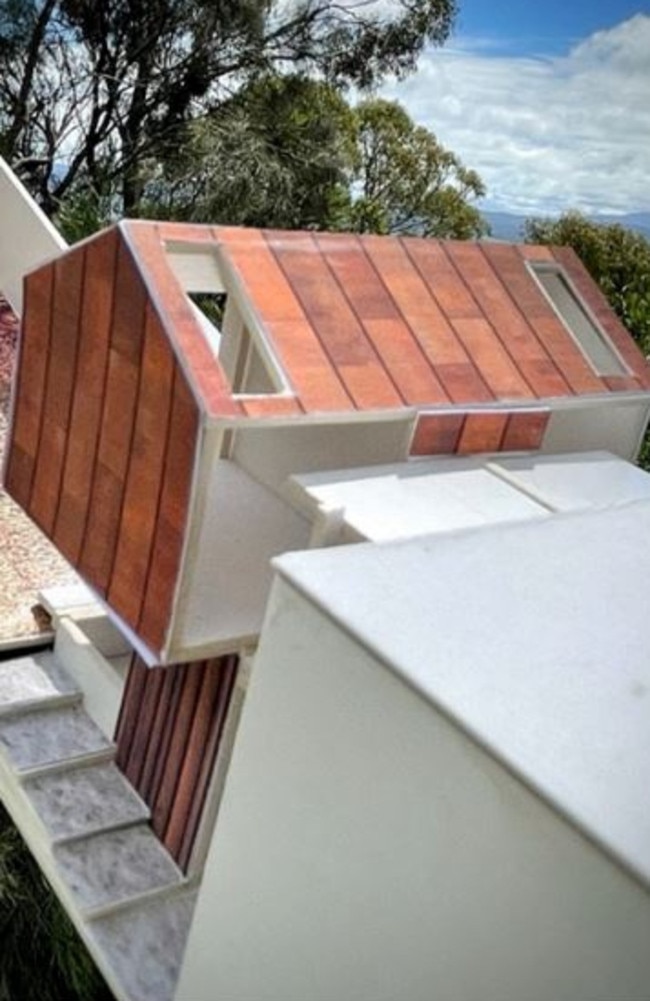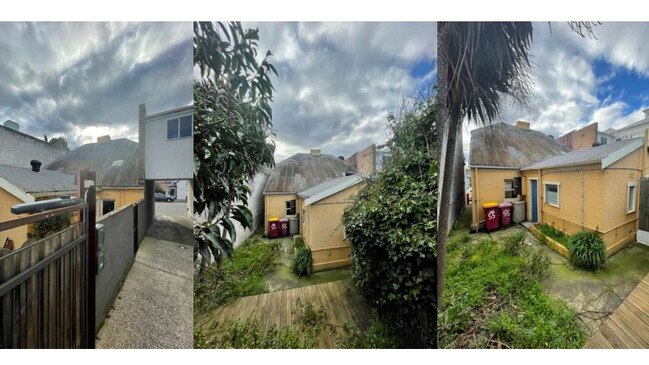Steven Nicholas: Launceston McDonald’s king’s short-stay plan
“A new use as visitor accommodation provides financial motivation for their preservation and restoration”: Heritage-listed CBD cottages for rent will become short-stays under the plan.

Launceston
Don't miss out on the headlines from Launceston. Followed categories will be added to My News.
The pair behind one of Tasmania’s largest fast-food empires have applied to convert two heritage-listed worker’s cottages currently rented out into visitor accommodation.
A report in support of the application from East Launceston’s Steven and Kim Nicholas, the licensees of McDonald’s restaurants at Invermay, South Launceston, Kings Meadows, Burnie, Ulverstone and Devonport, said the cottages, at 53–55 Balfour St, Launceston, would be better preserved with the new use.
“These two heritage-listed conjoined cottages are better preserved as accommodation rather than long term rentals due to their very small size and existing site limitations,” the report by designer Gillian Van Der Schans said.

“The heritage qualities of these buildings will be appealing for visitors to Launceston who will gain insight into Launceston early working class history.
“A new use as visitor accommodation provides financial motivation for their preservation and restoration which in turn will add to the distinctive and picturesque qualities of Balfour St
with its relatively intact working-class Georgian streetscape.”

The proposed change of use is “not in conflict with adjoining uses but potentially supportive,” the report said.
Adjoining 51 Balfour St contains Ecoco homewares on the ground level and visitor accommodation on the upper level, while 49 Balfour St houses butcher Landfall Farm Fresh.
Under the plans, the two “unmaintained buildings with their dilapidated additions” would receive a new street-facing facade, replete with Georgian replica doors and windows.
Existing “private open garden space” at the rear of the sites would be maintained on the ground level, with the lion’s share of the extensions occurring on the first level.

“The new footprint replaces a dilapidated existing structure at the rear of the site. The design brief for this project was to add only what was needed to allow this building to function more effectively as a dwelling, suitable for occupation in our current times,” said the report into the application.
“The majority of the extended area is on a first floor under an existing and extended roof scape and located between existing partition walls.”
The application comes amid continuing debate in Tasmania as to how best to manage the conversion of long-term rentals into visitor accommodation.
Hobart City Council has recently moved to ban the conversion of entire stand-alone dwellings into visitor accommodation.
However, its plans struck turbulence last week, with council’s new law firm advising it believed ex-Planning Minister Roger Jaensch had given “wrong” advice on the legal basis for doing so. The council will now go back to the drawing board.
The issue has also been considered by the City of Launceston.

In August, council passed a motion by Councillor Alan Harris authorising general manager Michael Stretton to conduct a review into Launceston’s housing stock, specifically considering the number of rentals converted into visitor accommodation.
Mr Stretton told the council he could conduct the review, but urged councillors to take a holistic view of the issue, in light of the fact visitor accommodation represented a sliver of the total stock in the local government area.





